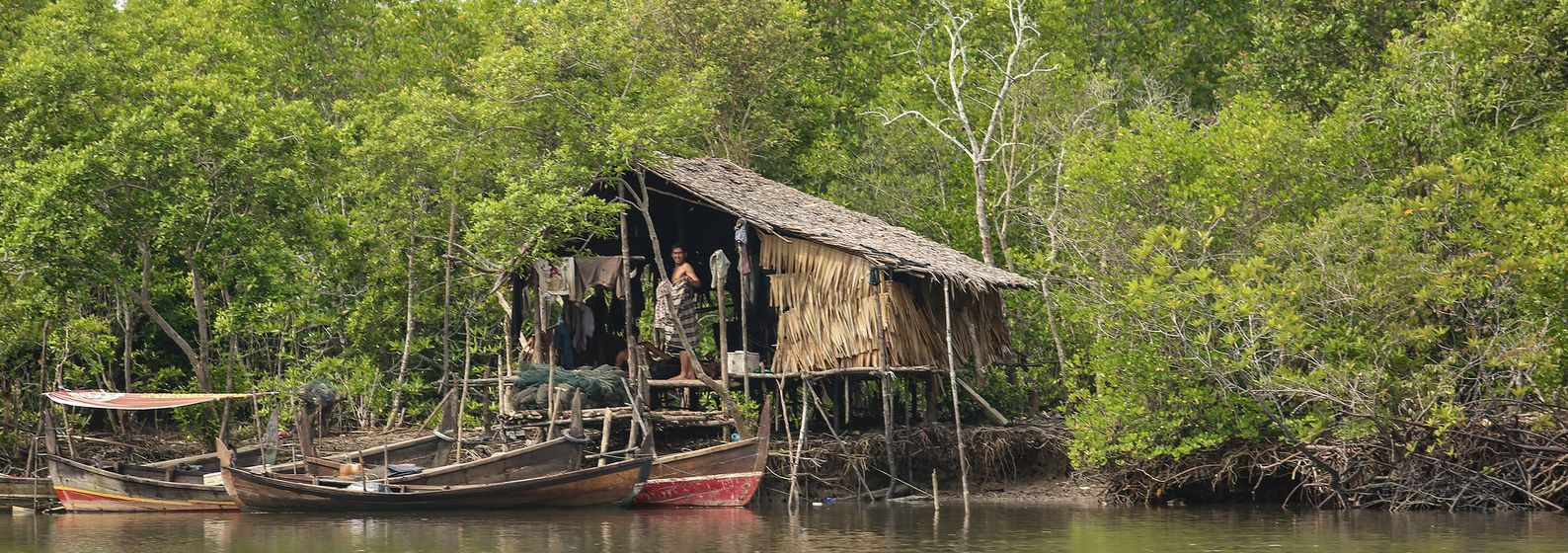In a new study, which will be presented at the upcoming Blue Carbon Summit in Jakarta on July 17 and 18, Daniel Murdiyarso, a principal scientist with the Center for International Forestry Research (CIFOR) and a student from from Indonesia’s Bogor Agricultural University and the country’s National Nuclear Energy Agency, determined that sediment in mudflat, fringe, and interior mangrove systems in Indonesia’s North Sumatra province accumulates at a rate of roughly 3.7 to 5.6 mm (an eighth to a quarter of an inch) each year.
The findings show that despite immense environmental pressure in North Sumatra related to shrimp pond production, coastal oil palm plantations, and busy harbor port, mangroves can tough it out.
The following facts about mangroves in Indonesia were originally published as a CIFOR infographic:
- Almost a quarter of all mangrove ecosystems on earth are in Indonesia, where they cover 2.9 million hectares, an area almost as big as Belgium.
- Indonesia’s mangrove forests store more than five times the carbon of upland forests, a third of all carbon stored globally in coastal ecosystems. They store more than 3 billion tonnes of carbon, which would take only 20 years for Indonesia to emit in fossil fuel usage at 2011 levels.
- An area the size of New York — 52,000 hectares of Indonesian mangroves — disappear each year. Aquaculture is responsible for 40 percent of mangrove loss.
- Annual emissions from Indonesian mangrove destruction are equivalent to 190 million tonnes, equal to all 9.5 million passenger cars (2011 numbers) in Indonesia driving around the world twice. More than 40 percent of annual global emissions from the destruction of coastal ecosystems, which include marshes, mangroves, and seagrasses, are from the destruction of Indonesian mangroves.
- Stopping mangrove destruction could meet a quarter of Indonesia’s 26 percent emissions reduction target for 2020, equivalent to 40 million fewer cars on the road.
References: Cut emissions, not mangroves: Indonesia’s best hope for slowing climate change blog.cifor.org/31112; Available for download: http://dx.doi.org/10.1038/nclimate2734; Read more: blog.cifor.org/wetlands
Source: Landscape News | 20 June 2018














